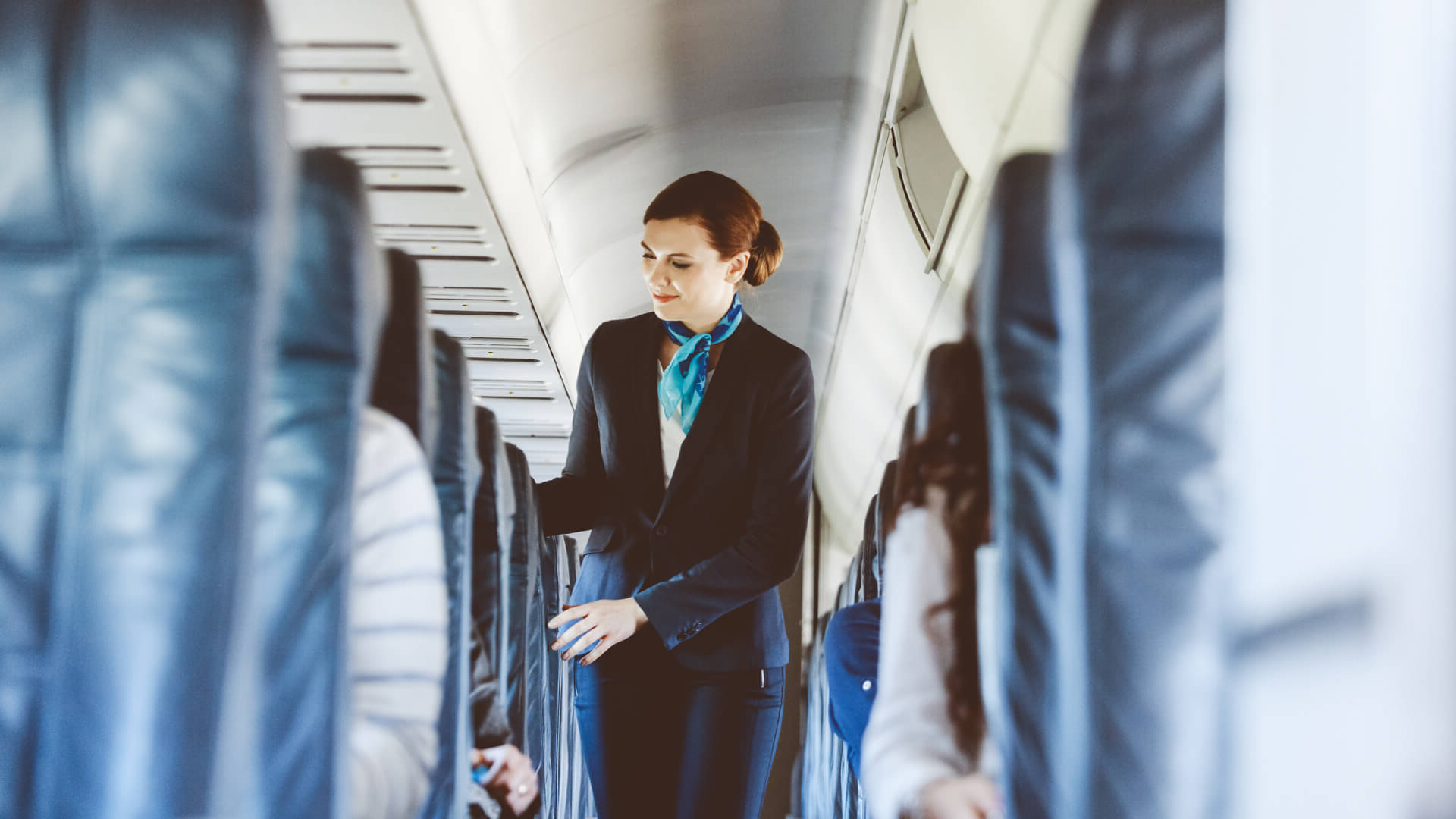
Is flying safer than driving? The short answer is yes. Despite common fears, air travel remains one of the safest modes of transportation. Statistics show that the odds of being in a plane crash are incredibly low compared to car accidents. Airlines follow strict safety protocols, and pilots undergo rigorous training. Advanced technology and regular maintenance checks ensure planes stay in top condition. Moreover, air traffic control systems help manage and monitor flights, reducing risks. While car travel involves more frequent accidents due to human error and road conditions, flying benefits from a highly controlled environment.
Key Takeaways:
- Flying is safer than driving! Modern aircraft, advanced technology, and strict regulations make air travel incredibly safe.
- Passengers can contribute to their safety by paying attention to safety briefings, keeping seat belts fastened, and following crew instructions.
Understanding Flight Safety
Flying is one of the safest modes of transportation. However, many people still have concerns about flight safety. Let's explore some fascinating facts that highlight how safe air travel really is.
-
Air travel is statistically safer than driving. The odds of dying in a car accident are significantly higher than in a plane crash.
-
Modern aircraft are designed to withstand extreme conditions. They can handle severe turbulence, lightning strikes, and even bird strikes.
-
Pilots undergo rigorous training. They must complete thousands of hours of flight time and pass numerous tests before they can fly commercial planes.
-
Air traffic control plays a crucial role in flight safety. Controllers monitor and guide planes to ensure safe takeoffs, flights, and landings.
Aircraft Technology and Safety Features
Aircraft are equipped with advanced technology and safety features to protect passengers and crew. These innovations make flying even safer.
-
Planes have multiple redundant systems. If one system fails, backup systems take over to ensure the aircraft continues to operate safely.
-
Modern aircraft are equipped with advanced navigation systems. These systems help pilots navigate safely, even in poor weather conditions.
-
Aircraft are built with fire-resistant materials. This reduces the risk of fire spreading in the event of an emergency.
-
Planes have sophisticated de-icing systems. These systems prevent ice from forming on the wings and other critical surfaces.
Safety Protocols and Regulations
Strict safety protocols and regulations govern the aviation industry. These measures ensure that airlines and airports maintain high safety standards.
-
The Federal Aviation Administration (FAA) sets stringent safety standards. Airlines must comply with these standards to operate in the United States.
-
Aircraft undergo regular maintenance checks. These checks ensure that all systems are functioning correctly and that the plane is safe to fly.
-
Airlines conduct safety drills for their crew. These drills prepare the crew to handle emergencies effectively.
-
Passengers are required to follow safety instructions. These instructions, such as wearing seat belts and knowing the location of emergency exits, are crucial for passenger safety.
Emergency Preparedness
Airlines and airports are well-prepared to handle emergencies. They have plans and equipment in place to ensure passenger safety in various scenarios.
-
Planes are equipped with emergency oxygen masks. These masks provide passengers with oxygen in the event of cabin depressurization.
-
Aircraft have life vests and rafts. These are available for passengers in case of a water landing.
-
Pilots are trained to handle emergency landings. They practice various emergency scenarios to ensure they can land safely if something goes wrong.
-
Airports have emergency response teams. These teams are ready to respond quickly to any incident on the ground.
Passenger Safety Tips
While airlines and airports do their best to ensure safety, passengers can also take steps to stay safe while flying.
-
Pay attention to the safety briefing. The information provided by the flight attendants can be life-saving in an emergency.
-
Keep your seat belt fastened. Turbulence can occur unexpectedly, so it's best to stay buckled up whenever you're seated.
-
Follow the crew's instructions. Flight attendants are trained to keep passengers safe, so it's important to listen to them.
-
Stay calm in an emergency. Panic can make a bad situation worse, so try to remain calm and follow the crew's guidance.
Staying Safe in the Skies
Flying remains one of the safest ways to travel. With advanced technology, rigorous training, and strict regulations, airlines ensure passenger safety. Knowing emergency procedures and paying attention to safety briefings can make a difference. Airline staff are well-trained to handle any situation, so trust their expertise. Modern aircraft are designed with numerous safety features, from advanced navigation systems to fire-resistant materials. Regular maintenance and inspections keep planes in top condition. Weather monitoring and air traffic control play crucial roles in preventing accidents. Remember, the odds of being in a plane crash are extremely low. Next time you board a flight, feel confident knowing the aviation industry prioritizes your safety. Safe travels!
Frequently Asked Questions
Was this page helpful?
Our commitment to delivering trustworthy and engaging content is at the heart of what we do. Each fact on our site is contributed by real users like you, bringing a wealth of diverse insights and information. To ensure the highest standards of accuracy and reliability, our dedicated editors meticulously review each submission. This process guarantees that the facts we share are not only fascinating but also credible. Trust in our commitment to quality and authenticity as you explore and learn with us.


